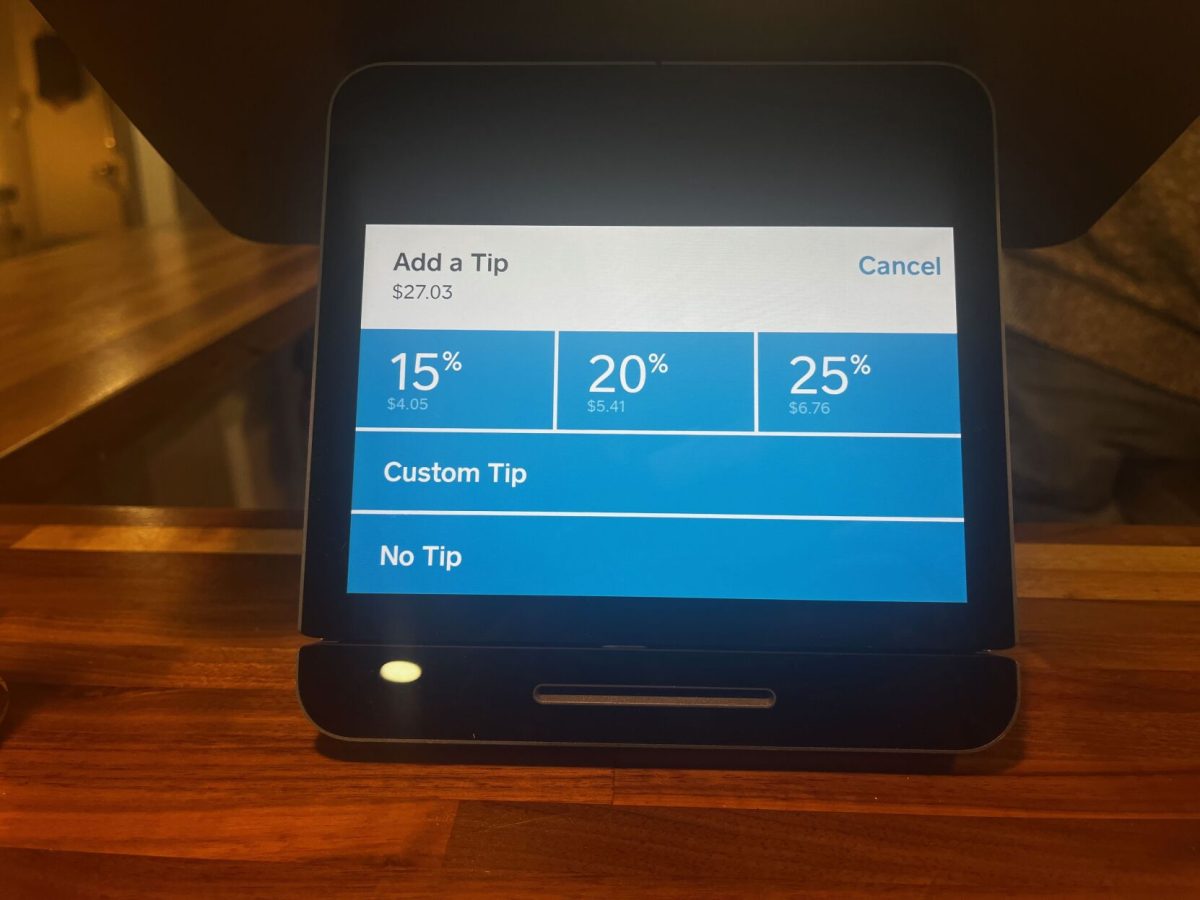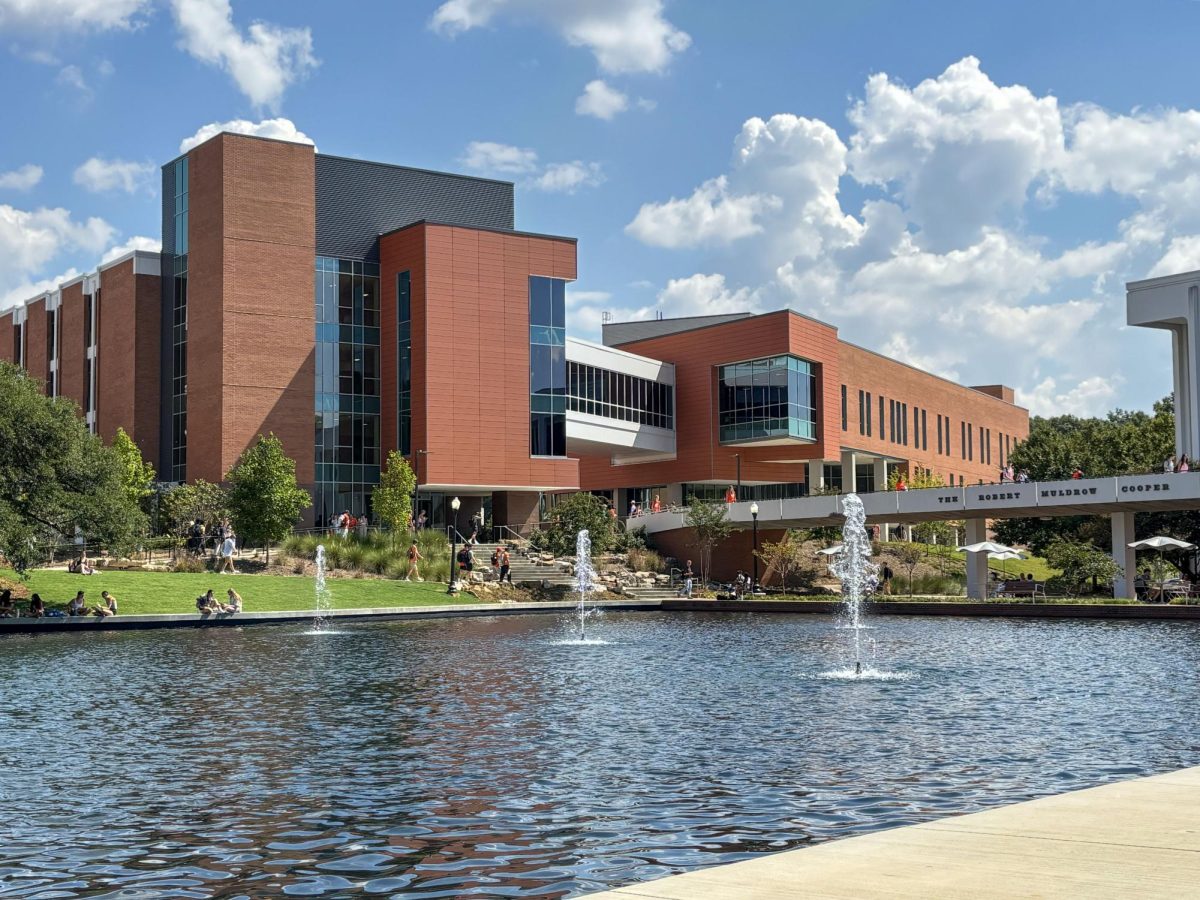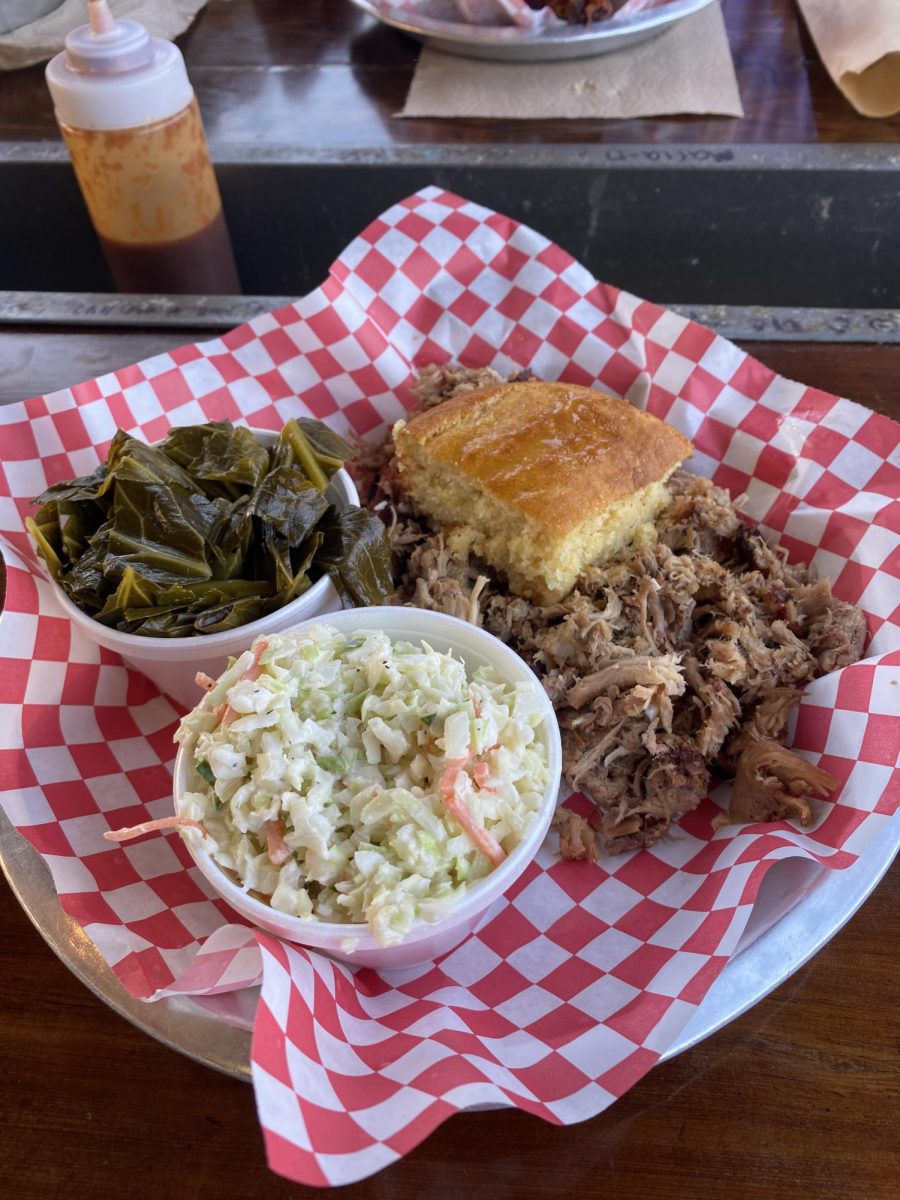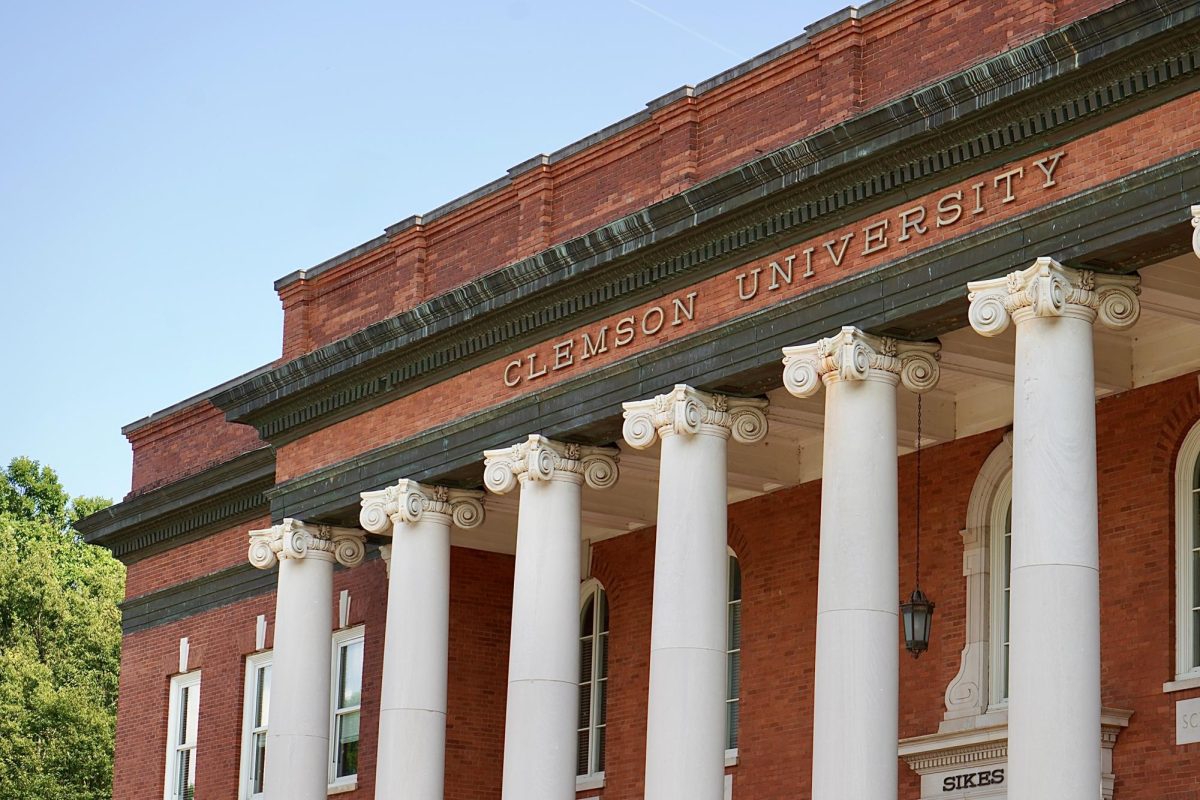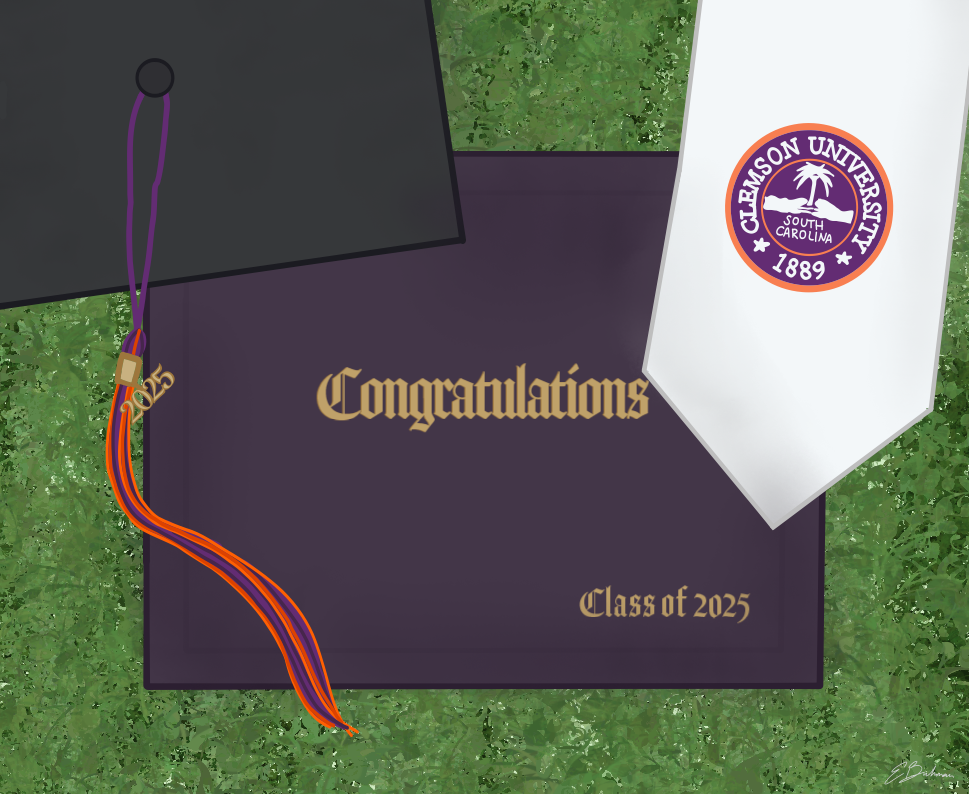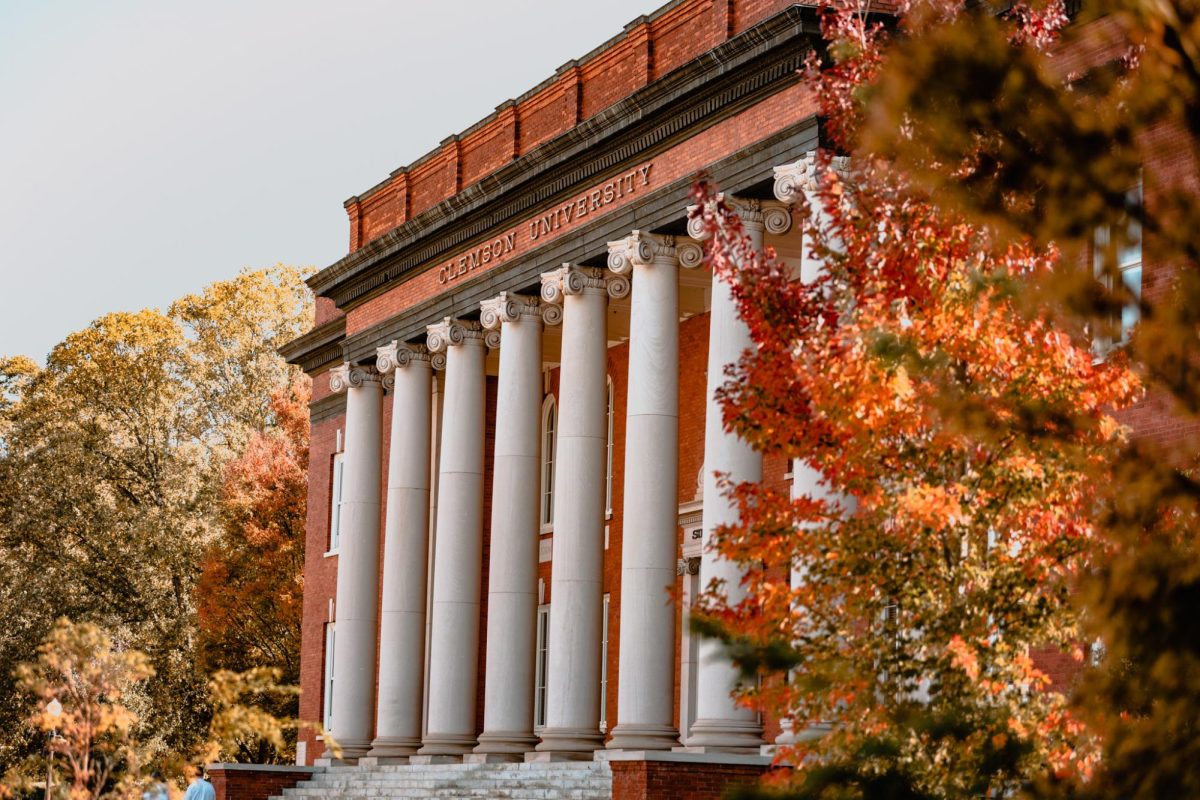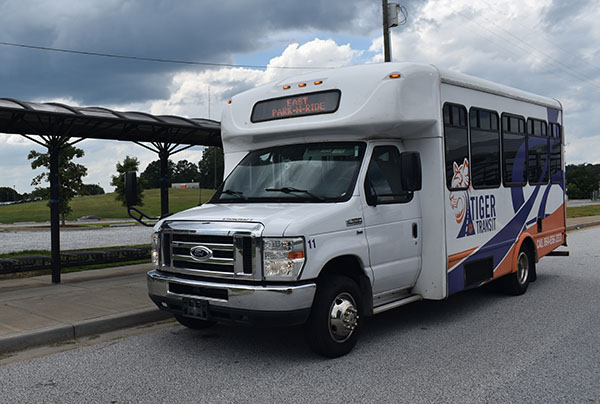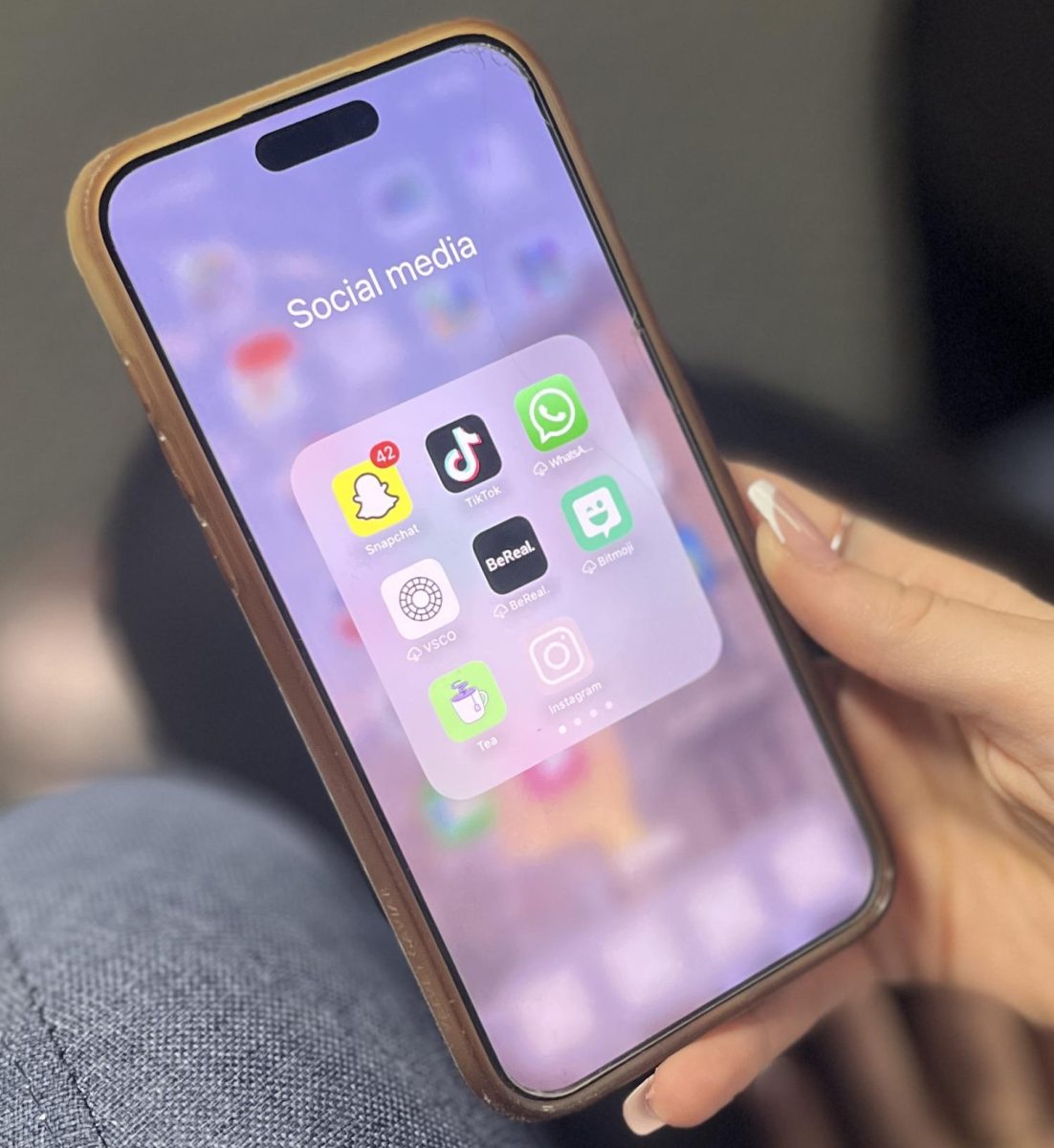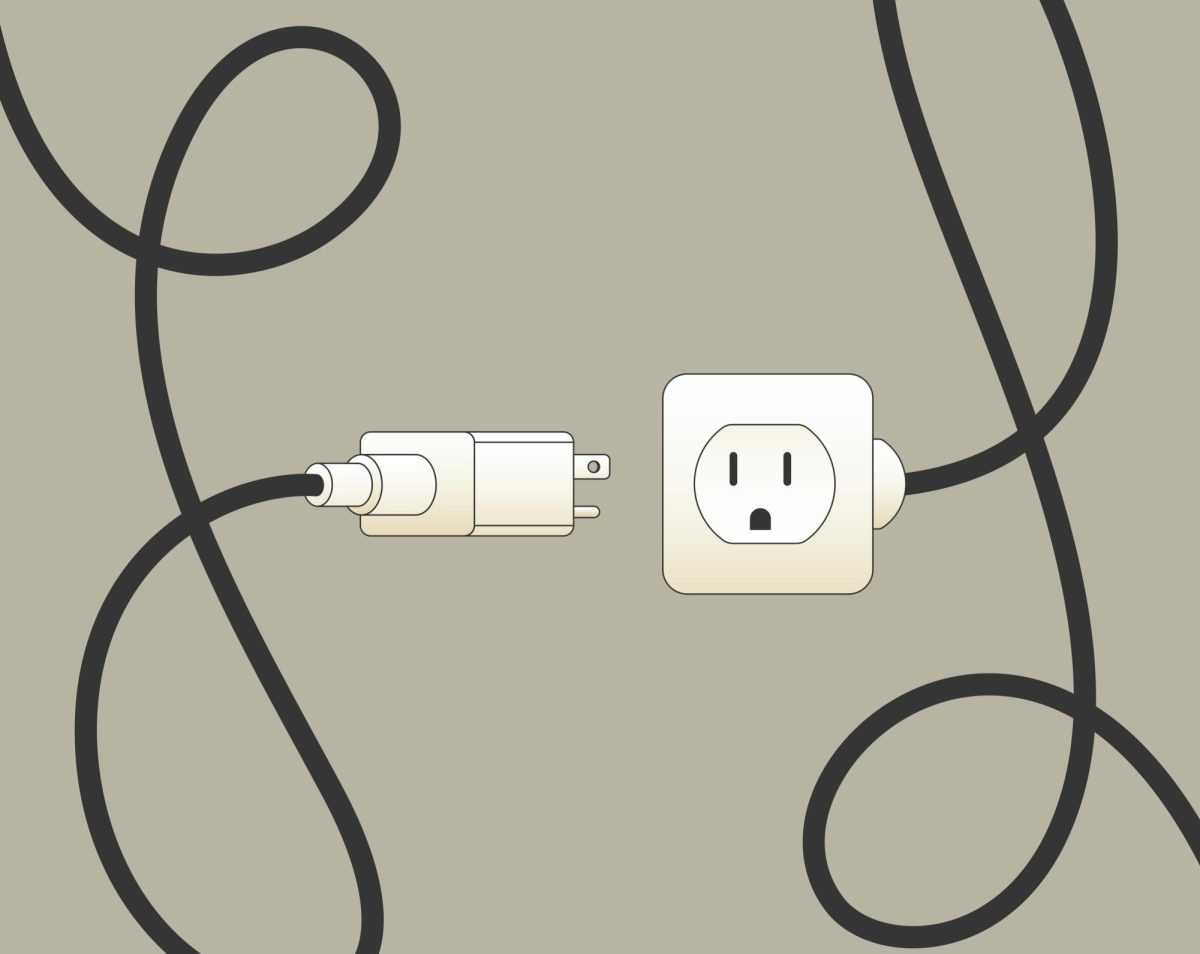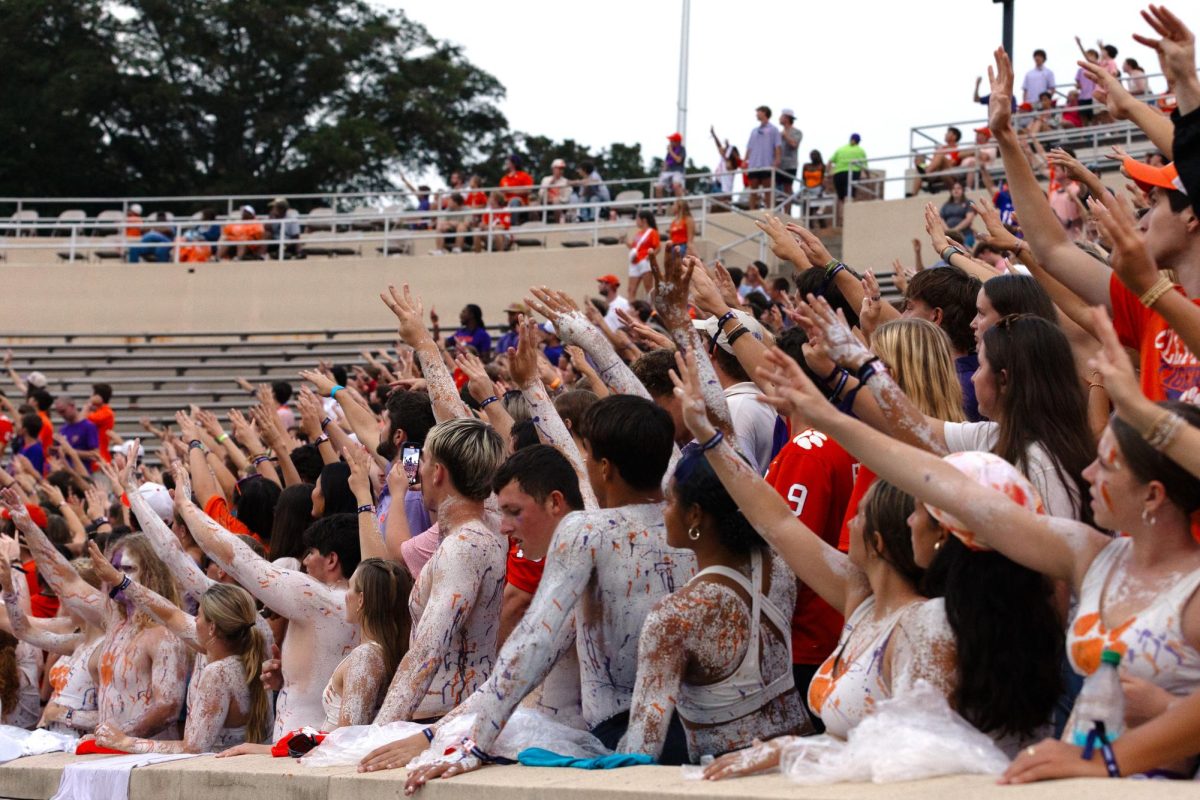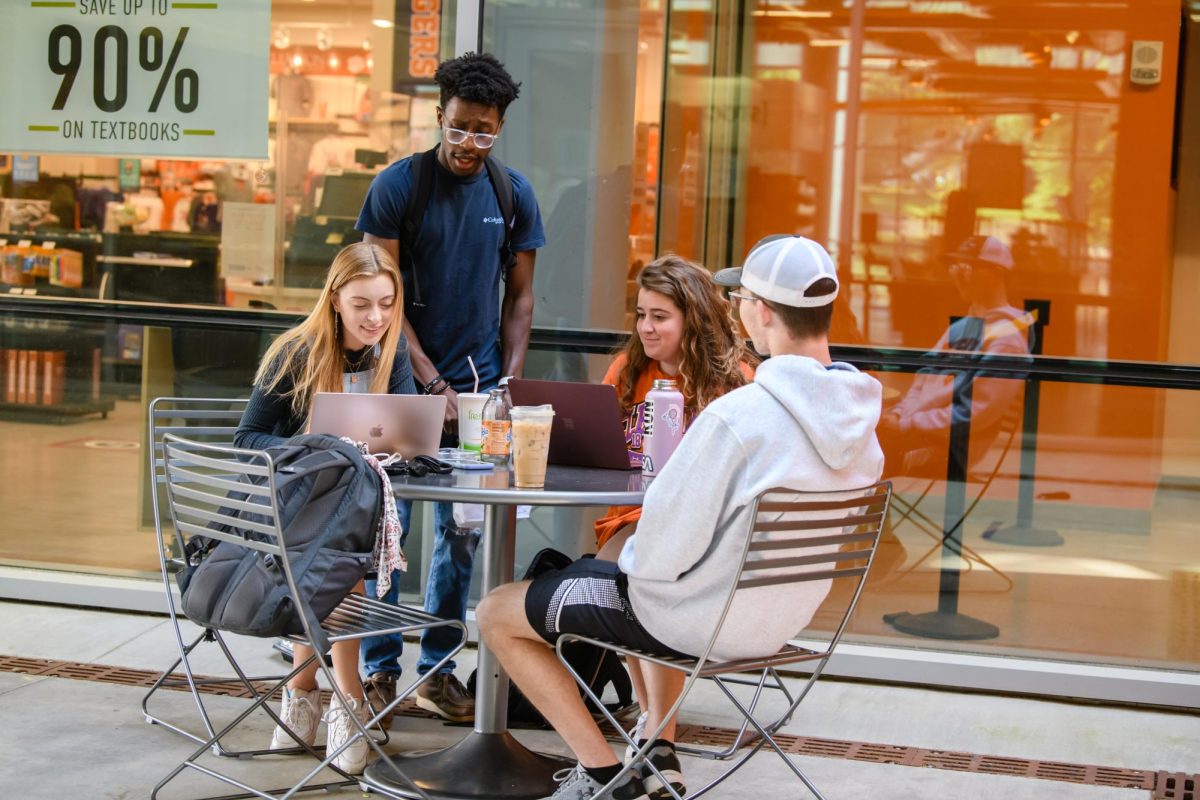We all know the scene: you’ve just told the cashier your order, they’ve punched it into the tablet and then they swivel it around toward you.
“It’s just going to ask a few questions,” they mumble to you as they awkwardly look away.
Three options lay in front of you: 20%, 25% and 30%. Do you give an extra dollar on top of your $5 latte? Or do you hold back, press the “No tip” button, and dodge the death sentence for your wallet?
As stingy as it may sound, this year, I’m going with the latter.
American tipping culture continues to expand into new industries, whether it’s cafes, sandwich shops or even merchandise pop-ups at concerts. Starbucks recently began asking customers for tips after their purchase, even though their corporate minimum wage is $15 an hour for all employees.
The phrase “tips are welcome but never expected” has never rang less true. If anything, the expectation is on the customer to tip something. There have been numerous occasions that I’ve hit “No tip,” the cashier sees the total hasn’t changed, and their face shifts. Suddenly, I have broken an unspoken agreement to tip when the screen says to tip.
What happened to tips being something extra when someone does a good job?
It is important to acknowledge that many workers are paid primarily on tips, which means that they can be paid less than minimum wage as long as their tips make up the difference. In South Carolina, this means that some tipped employees can make a cash wage as low as $2.13 an hour.
Some places you might not expect around Clemson pay on tips. Transparency on this is important for the public, especially as the tipping culture continues to expand to workers who are paid a proper wage.
When I saw a “Now Hiring” sign downtown, I asked an employee what the starting wage for their business was, and they told me it was paid on tips. I had not tipped once when I ate there, but now I do.
As inflation has driven up the price of nearly everything, the price of the coffee I am being asked to tip on has become more expensive too. Yet, the percentages are growing higher as well. At one point, 10%, 15% and 20% were considered standard. Now, many restaurants lean towards 18%, 20% and 25%. Why are the percentages increasing, even as the cost of the purchase increases?
And while all of these questions cross my mind, there’s a good chance I’ll be caving in to tip soon.
If you enjoyed this article, feel free to tip me via Venmo.



